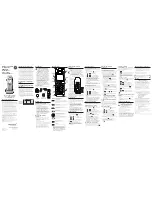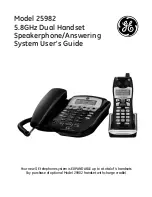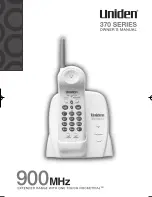
Samsung Business Communications
1-1
CHAPTER 1.
Overview of MMC
Programming
MMC is short for Man Machine Communication, a means of programming your telephone
system via a digital display phone. This chapter covers the things you need to know before
you start MMC programming. The phone’s special programming buttons and precautions
are discussed.
Introduction to Programming
Programming means setting and changing the data that is used for the system operating
program. There are three levels of MMC programming: technician-, operator-, and station-
level. Technician- and operator-level programming require a passcode to access MMCs and
are done by the installing technician and system administrator respectively. Station level
programming does not require a passcode and can be done by phone users.
You need a digital display (LCD) phone in order to carry out programming.
Technician-Level Programming
This level allows access to all MMCs and is required, normally, at the time the system is
installed to set up the system for the customer’s requirements. Some MMCs may cause the
system to fail if used without a thorough understanding of system operation. The installing
technician decides what MMCs to make accessible at customer level (using MMC 802) to
allow the system administrator to refine the system setup when it is operating.
Customer-Level Programming
The system administrator (customer) can do programming allowed by the installer in MMC
802 to change or enter new information for the system when it is in operation.
Station-Level Programming
Programming can be done at station level by the administrator, or individual station users
via their own phones, to change the data for individual phones only. The MMCs accessible
are fewer than those available at other levels






































